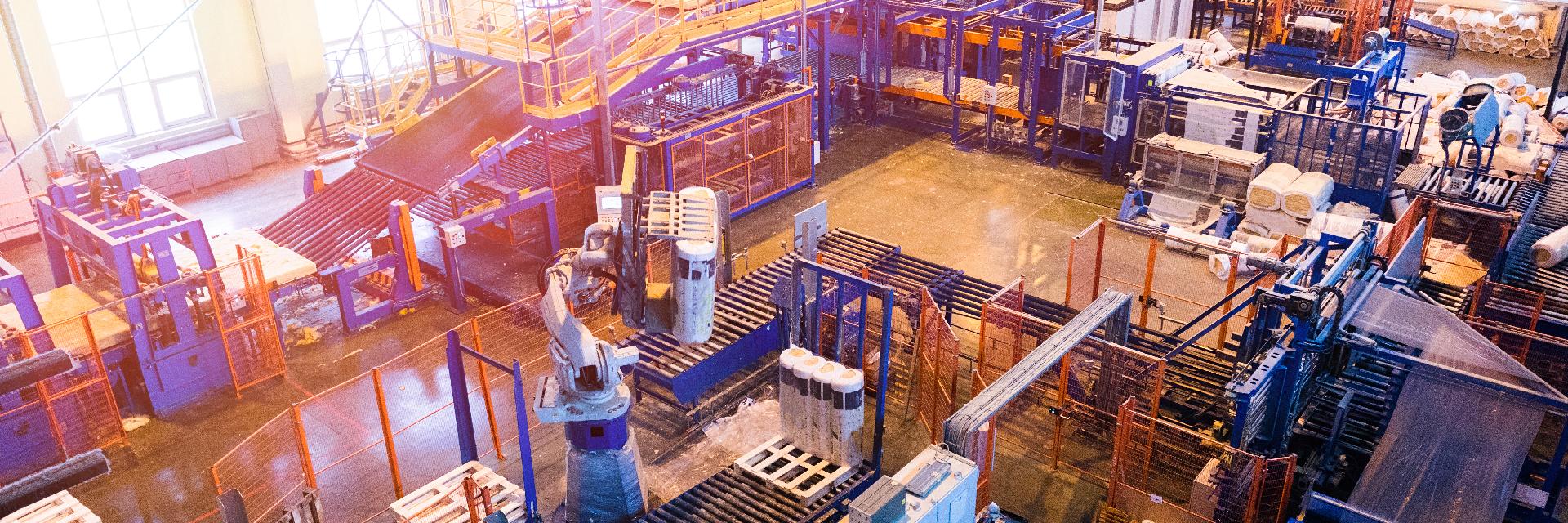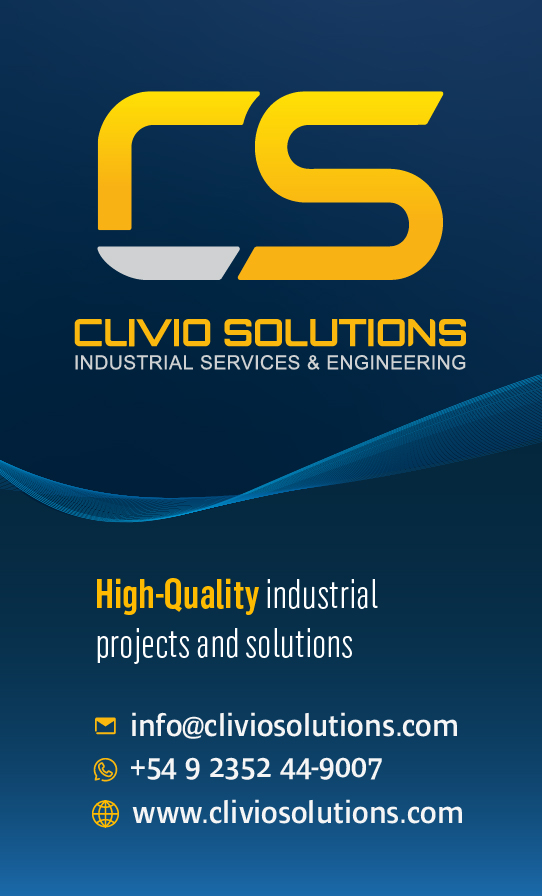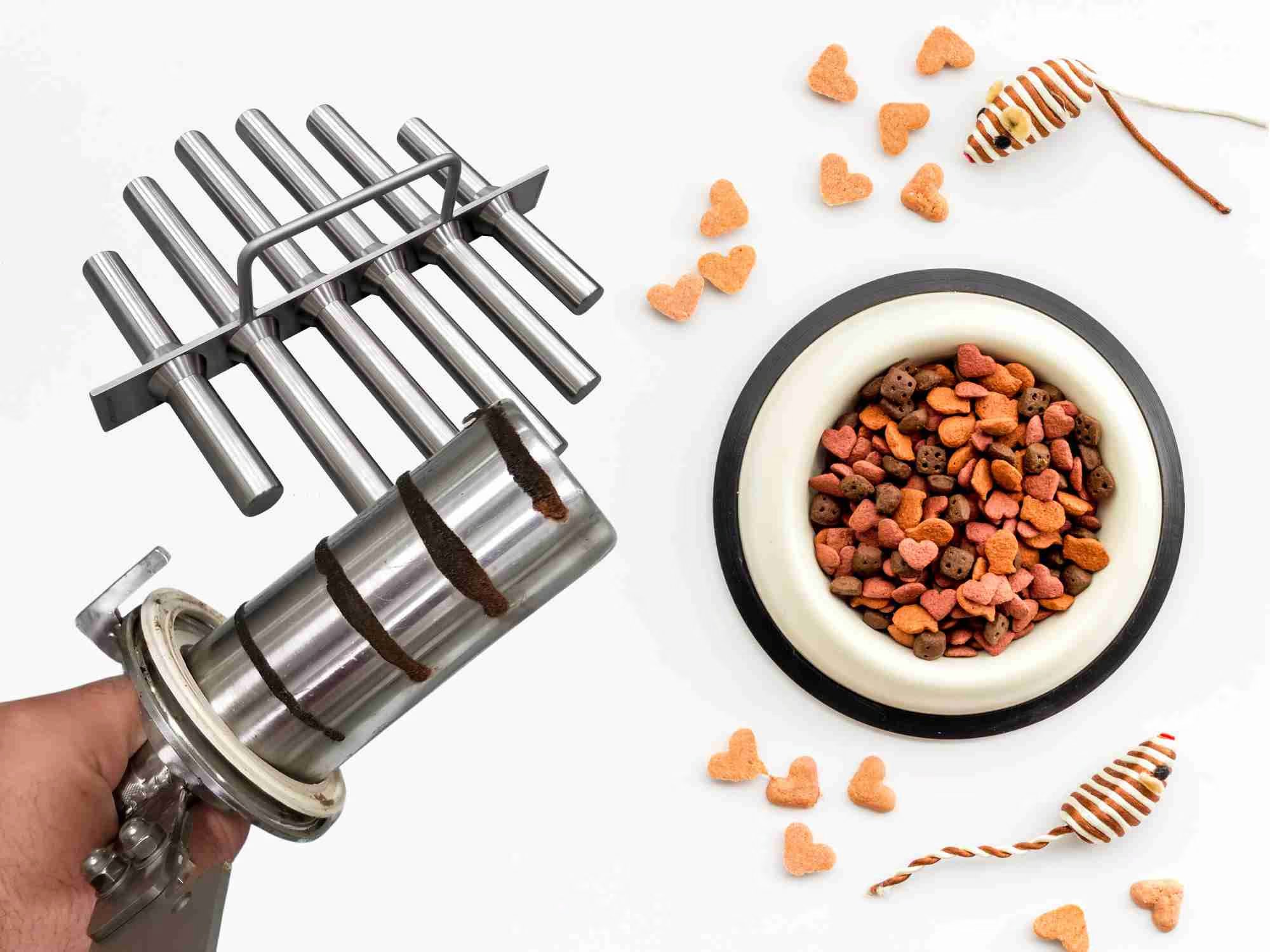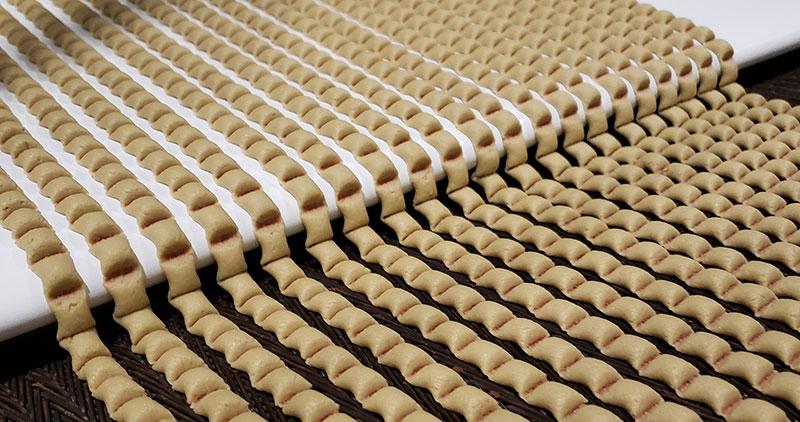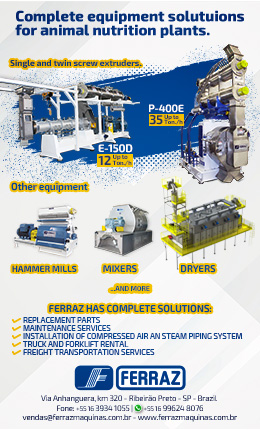Automation can bring great improvements and benefits in tasks such as:
• Exact dosage of multiple additives (dry or wet)
• Optimum control of the overall operation
• Product moisture control for more profitable production
• Reduction of waste products during startup and shutdown
• Quick and dynamic formula change for more flexible production
Advances in the automation of the pet food production process
Time optimization
Current automation allows the creation of considerably more efficient processes of instances such as filling, weighing, unloading, and mixing.
Process time optimization may require a substantial initial investment, but the potential for short- and medium-term profitability gains is even more significant. It's mathematical: working more efficiently allows us to produce more in less time.
In general terms, we can say that the most important thing is to improve the instance of processing time of the bottleneck, to meet the time of the upstream or downstream processes, and even improve them.
Scale system improvements
The weighing instance can be faster without sacrificing accuracy, but how? Finding the right scale and weighing strategy! For example, with a continuous mass flow weighing system, ingredients can be accurately measured without pausing the process. Or, if conveyors are used due to height restrictions, materials can be weighed and measured simultaneously with the movement.
Finding the correct scale and weighing strategy can help dramatically improve efficiency while reducing product defects. In many cases, it is even possible to weigh ingredients without introducing an additional step.
Automation of microingredients
The manual addition of small quantities of ingredients is a temporary solution that can become, without our realizing it, a permanent part of the food production. Additionally, it is also an inefficient and inaccurate technique that can result in errors, defective products, and workplace hazards and can even make batch tracking difficult and formula tampering. Automating this task of the production process ensures uniformity and eliminates possible delays and dangers that manual addition entails.
Since this automation would measure ingredients accurately, the formula doesn't rely on hand-added spoonfuls, and therefore there is less room for error and waste.
Reprogrammable controls
When mixing times change, microingredients are added, or processes change, the computer monitors and track those changes. This means, in many cases, rewriting the logic using the manufacturer's proprietary code, which requires a specialized technician.
Instead, with a programmable logic controller (or programmable logic controller), with a user-friendly interface.
Big Bag unloader
Using a Big Bag Discharger instead of individual bags allows for lower packaging and material costs while improving efficiency and reducing workplace hazards.
This automation can help save time and money significantly and is quite simple. Implementing it requires a safe and resistant unloader to facilitate the dispensing of ingredients.
Connection between data
The limit of automation platforms is given by the information collected and analyzed, which means that the more sensors there are at critical points, the smarter a system can be.
Today, processors can accumulate facts and data in almost every area of the production process. Combining such data in an external analysis system provides us with valuable and powerful information to make better decisions. Data analysis gives us the power to decide in real-time based on real data.
In general terms, the main benefits of automating production may be particular to the pet food market. However, they are mostly shared by various industries:
• Improve accuracy
• Optimize repeatable processes
• Increase productivity
• Facilitate scalability
• Reduce waste
• Reduce human error
• Improve security
• Processing and consistency of product quality
The conclusion is simple: there is no question that automation is bringing significant changes to the pet food industry. Technological advances are helping to integrate different systems, tasks, operations, and processes more efficiently, precisely, and profitable today, both in the short and medium term.
Source: All Pet Food
You could be interested: Where to Install Magnetic Separators in Pet Food Processing
About author
María Candelaria CarbajoI’m a creative, interdisciplinary person, translator, and editor. I collaborate in producing and writing creative, high-impact projects to promote cultural exchange, transmit differential values, and connect with people/the audience. Likewise, I enjoy teamwork and joining forces, experiences, and knowledge to bring the world all the potential of those ideas that seek to impact people’s lives positively.
Manufacturing Process
20/02/2025
RBS Baked Pet Food Systems: Optimized, Automated Solutions for Baked Pet Treats and Baked Kibble (Part 1)
02/10/2024




